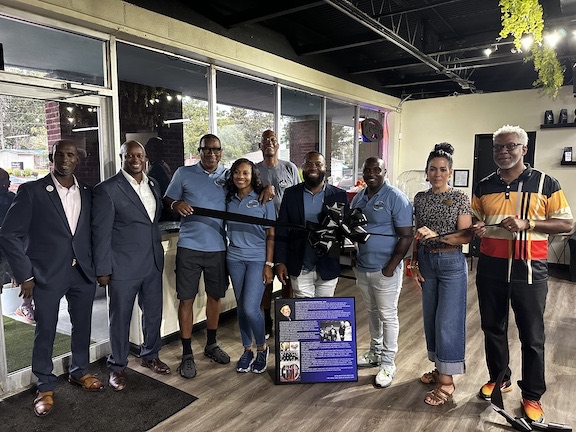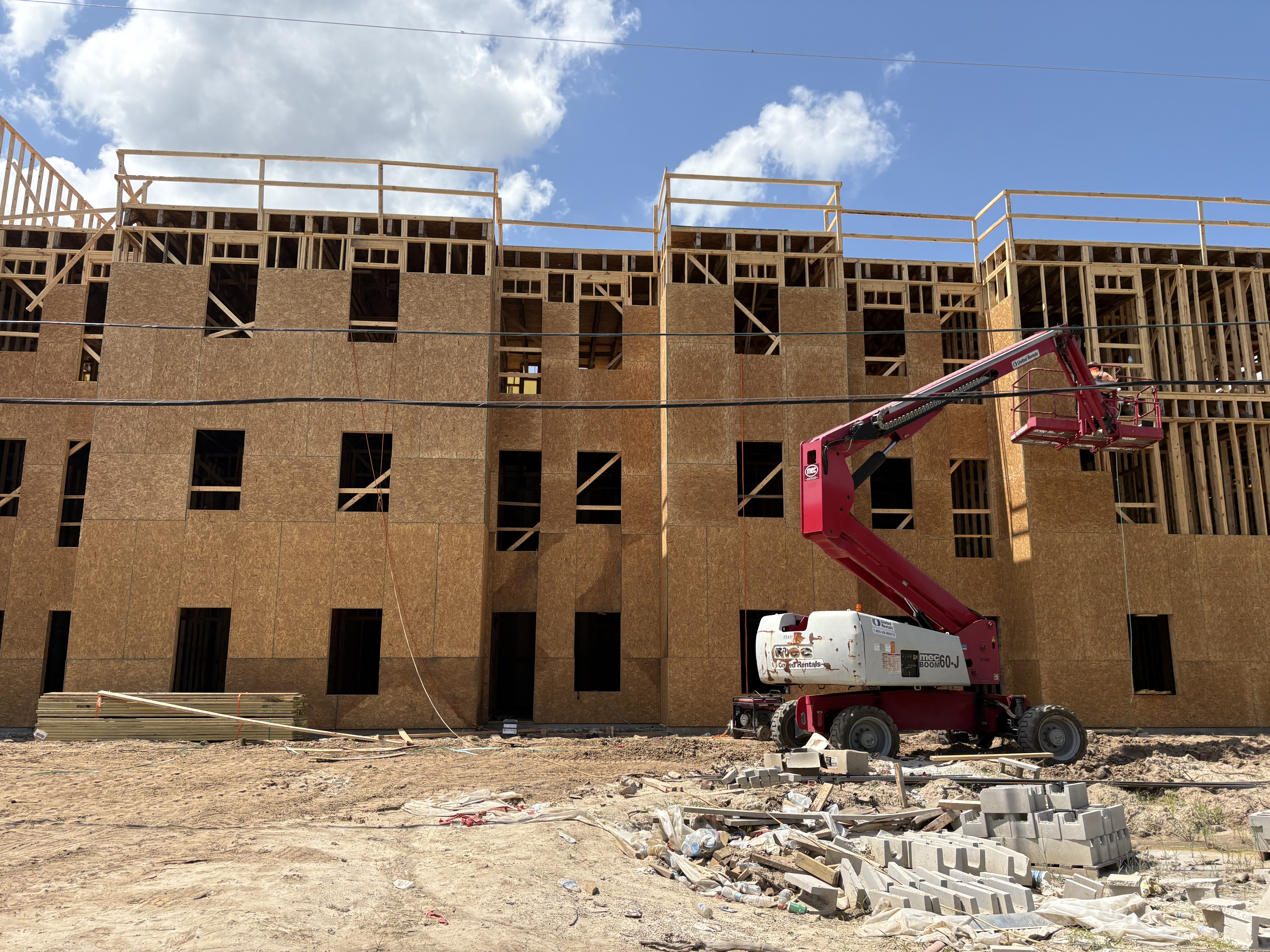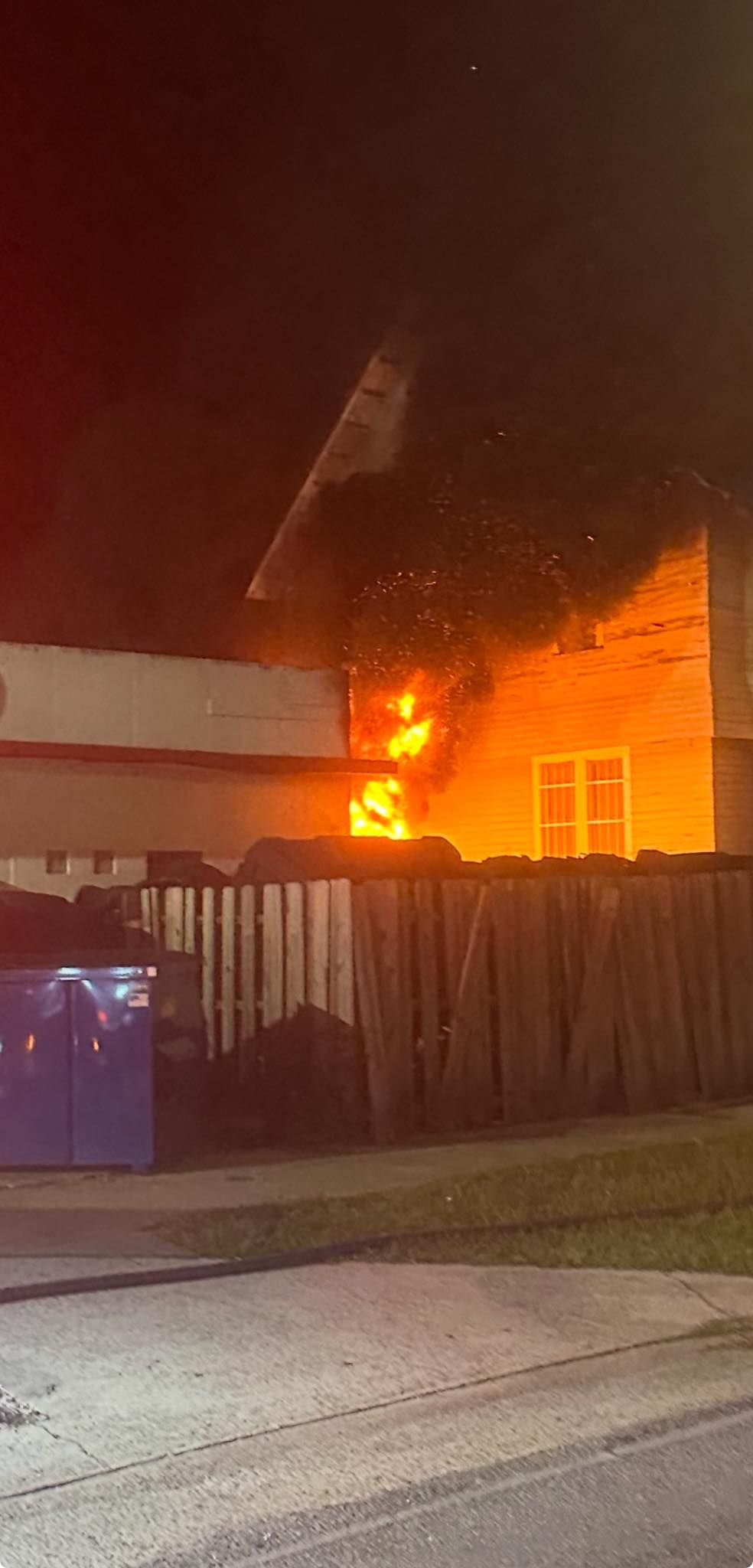DAVIS: Some history on the marking of history
Published 6:00 am Wednesday, May 17, 2023

- Fullname
This is the second guest column as part of Historic Preservation Month.
Prompted from the 1976 Bicentennial of the United States, as a project, the Lowndes County Historical Society chose sites and installed 30 historical markers, 16 in 1979 and 14 in 1980.
Trending
The signs were a colonial style and hand painted. This was the first marker series for Valdosta. Some of these signs remain. The local historic district was established in 1981.
The original listings of these sites are taken from the Lowndes County Historical Society scrapbook.
Doc Holliday Home Site: Located in the 400 block of East Savannah Avenue. Site of the boyhood home of John Henry Holliday, circa 1866-72. This young dentist moved west and became the legendary “Doc” Holliday. The house has been moved to 2605 Pebblewood Drive in the Eager Subdivision off of Jerry Jones.
Smith’s Park: Located at intersection of East Hill Avenue and East Central Avenue coming into Valdosta from the Waycross Highway. It was Valdosta’s first public park and was purchased by the city from Owen Smith on Jan. 23, 1896.
Primitive Baptist Church: Located at 315 E. Central Ave. Oldest church building in Valdosta, it was built in 1867 by the Valdosta Baptist Church. It was purchased in 1899 by the Valdosta Primitive Baptist Church.
Old Federal Building: Located at 216 E. Central Ave. Built in 1908-10 as U.S. post office and (federal) courthouse, now serves as headquarters for the Valdosta City Hall. This is an excellent example of Italian Renaissance architecture.
Trending
Site of Old Valdosta City Hall: Located on southeast corner of East Hill Avenue and South Ashley Street. Built in 1895 during the administration of Mayor W.H. Griffin. Served as city hall until 1958.
Lowndes County Courthouse: Located at 105 E. Central Ave. Designated a site of the Lowndes County Courthouse when the city was laid out in 1859. The present building, built in 1904-05, is the third courthouse to be constructed on the square.
Old Carnegie Library: Located at 305 W. Central Ave. First public building designed by local architect Lloyd B. Greer. Constructed at an approximate cost of $ 40,000. Used as public library from 1913-76, now the home of Lowndes County Historical Society and Museum.
Site of Valdosta Institute: Located in the vacant lot in front of the Lowndes County Historical Society Museum. Founded in 1866 by Samuel McWhir Varnedoe. Originally a private school, later becoming Valdosta’s first public school. Land now owned by the First Baptist Church of Valdosta.
Valdosta’s Oldest Residence: Located at 206 Wells St. Built circa 1845 by William Wisenbaker. Purchased in 1893 by J.T. Roberts. This residence has been the home of the Roberts family for three generations.
Macedonia Baptist Church: Located on 715 Jackson St. This church was organized as the Macedonia First African Baptist Church in 1865. The present building was built circa 1913. The founder and first pastor was the Rev. Charles Anderson, an ex-slave and native of Savannah.
Troop Encampment Site: Located at Citizens and Southern National Bank at 106 S. Patterson St. Company “G,” 103rd Regiment, U.S. Colored Infantry encamped on this corner in January-February 1866.
Site of Cotton Exchange: Located in 100 block of West Hill Avenue. This corner, Wall Street and West Hill Avenue, was the site of the largest inland Sea Island cotton market in the world from 1900-12.
Atlantic and Gulf Railroad: This railroad was the first established in Valdosta. The first train arrived on July 25, 1860, and the residents celebrated its arrival with a mammoth barbecue.
The Crescent: Located at 904 N. Patterson St. Built in 1897-99. This residence was the former home of U.S. Sen William S. West. It was saved from destruction and preserved by the Garden Club of Valdosta in 1951 and is now the Garden Center. (Was placed on the National Resister of Historical Places on Jan. 8, 1980.)
Christian Science Society: Located at 305 E. Central Ave. Built in 1885-86 by Valdosta Episcopal Congregation. The first service was held there Feb. 21, 1886. The building was acquired by the Christian Science Society on June 1, 1952.
V.S.C. Trolley Waiting House: Erected in 1917 for the ladies of South Georgia State Normal College (now VSU). It is a remaining vestige of the streetcar system that was in operation for the 1900 State Fair.
Smith-Wilkinson House: Located at 322 E. Central Ave. This dark scratch-faced brick home was designed by Valdosta architect Lloyd B. Greer for Dr. T.H. Smith in 1923. It features arch-topped windows and doors, popular in the period.
Dukes-Autrey Home: Located at 311 E. Central Ave. Built in 1886 by Henry Clay Dukes, this home is a fine example of a Queen Anne Style Victorian Cottage.
Varnedoe-Scott –Mau Home: Located at 404 W. Central Ave. Owned 100 years ago by James Oglethorpe Varnedoe as a single story home, later moved by Luther Scott in 1906 to this site, when a second story was added. It is now being restored by Wendy Mau. Restoration has revealed rare pine wainscoting and wide plan yellow pine flooring.
Monroe-Sutton House: Located at 303 Wells St. Valdosta’s finest surviving example of Victorian architecture, this home was built by W.F. Monroe in 1896. Original architect and contractor was Stephen F. Fulghum.
Dorris Home: Located at 500 E. Central Ave. This home was built in 1903 of virgin pine milled at Statenville, and was given to Lilly Viola Thigpen by her father.
Winn-Wilson Home: Located at 208 Wells St. Designed by Lloyd B. Greer in 1917 for Mr. and Mrs. Abial Winn and constructed with timbers from Liberty County. The house is a fine example of prairie-style architecture.
Scott- Green Home: Located at 401 River St. Built circa 1906 by Valdosta baker, Luther W. Scott, this Victorian house restored by Bruce Green to a charming, livable, up-to-date home. Heart pine woodwork has been revealed in the beautiful stairs and paneling.
Hunt House: Located at 402 River St. Occupied by the Hunt family since it was built in 1906 by Mrs. J.C. Hunt, this Victorian residence features Georgia pine paneling and finely crafted woodwork and ceilings.
Varnedoe-Converse-Bennett House: Located at 604 N. Patterson St. Postmaster J.O. Varnedoe built this unique studio-house for his artist wife in 1906. It was later owned by the W.L. Converse family and restored in 1978 by councilman Harold Bennett. It demonstrates the beauty and utility of Valdosta’s Victorian past.
Ocean Pond Clubhouse: Located in Lake Park. Ocean Pond Fishing Club was organized by 75 members in 1902 with N.A. Williams, DDS, as its first president. The Clubhouse was built in 1903 and the dining room was added in 1909. It soon became a social center for Valdosta as well as an excellent year-round sportsman’s area.
Stage Coach Route: Located at 1203 N. Patterson St. East-west coach passed over this route, connecting Thomasville and Troupville with Savannah. The route was abandoned with the Atlantic and Gulf Railroad arrived in 1860 and the county seat was moved to Valdosta.
Jo-Ree Mill Pond: Located 2500 block of Jerry Jones Drive. Named for the Jones and McRee families. Built by slave labor for Berry Jones in the 1850s. Water power operated until 1920.
Naylor Baptist Church: Located in Naylor. Marks the birthplace of the Valdosta Baptist Association formed in 1905 (Oct. 24, 1905).
Site of Oaklawn Baptist Academy: Located in Lakeland. This marks the site of a short-lived Baptist school (founded in 1906, which existed until 1912, when it was taken over by the public schools) that closed because of lack of funds and the advance of public schools. This site, now in Lanier County, was once a portion of Lowndes County.
Donald O. Davis is executive director of Lowndes County Historical Museum.





